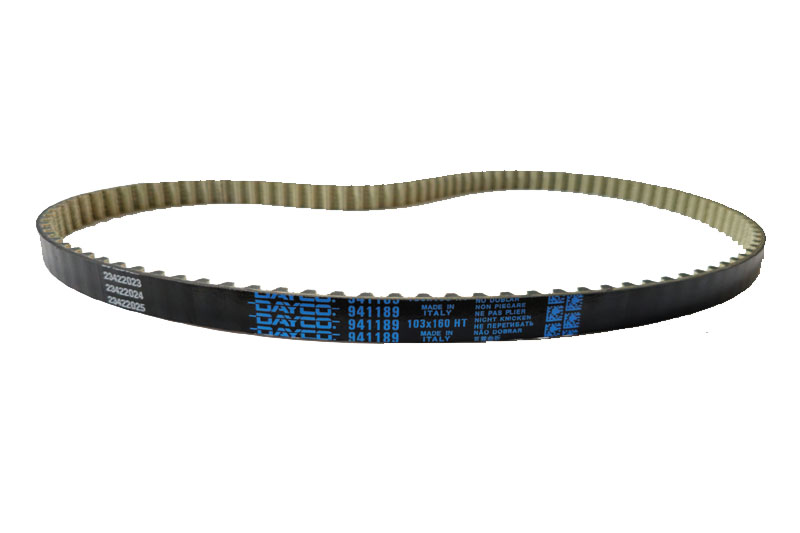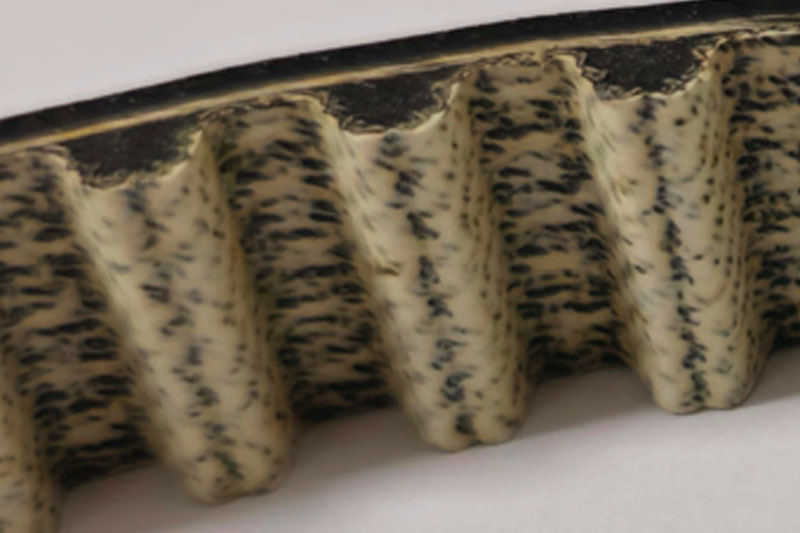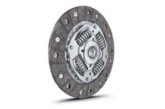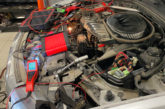
As the original equipment supplier of the timing and auxiliary drive systems used for the 2.0- litre EcoBlue engine used in the popular Ford Transit from 2016, not only is Dayco able to provide a genuine like-for-like replacement for the independent aftermarket, it’s also the source of helpful technical advice and direction, which is available in print and online.
In its latest bulletin, Dayco is urging workshops to be aware that oil contamination from diesel is not uncommon with the 2.0 litre Ford Transit EcoBlue engine and that can have a particularly adverse impact on the belt, which in this application is a ‘wet’ or belt-in-oil system. In fact, in extreme cases, this can cause material to dislodge from the belt surface, further affecting the oil and potentially causing problems such as blocking the oil pump strainer. It is therefore imperative that technicians always check the condition of the oil and the belt when these vehicles enter the workshop.
Belt top tips
In the case of the oil, this is easier than it might first appear, as the presence of diesel in the oil is generally noticeable by its smell. So, rather than undoing the drainplug and walking away, whenever carrying out a scheduled oil and filter change, technicians should smell it for diesel fumes and check the strainer that the oil will have passed through. This is because it’s possible that fragments of the belt or deposits of material that have been dislodged will be left behind.
When it comes to the belt however, things are a little trickier, but although awkward, it is possible to assess the condition of the back of the belt by viewing it through the oil filler, a check that Ford also states should be regularly made.

Following these checks, if any evidence of diesel or debris is found in the oil, and if there is any visible damage whatsoever to the back of the belt, then belt replacement is necessary because the failure of the belt will have catastrophic consequences to the engine. No matter what the condition, Ford’s scheduled belt replacement interval must be taken as an absolute maximum, and that the oil pump belt is always changed along with the timing belt.
Although BIO systems are becoming the favoured primary drive solutions with several manufacturers, and so belt replacement increasingly common, there are some aspects of the EcoBlue application that are also worth pointing out to workshops undertaking the work.
The first, a best practice principle, is to smear oil on the back of the belt once it is fitted, which will lubricate the contact point between the belt and the tensioner when the engine is being turned over by hand to check the timing is correct, as well as on its initial start-up, once the replacement is complete.
The second point concerns the tensioner, which, in contrast to most belt tensioners, is a slipper, rather than a wheel, but it too must be replaced along with the belt. However, it must be positioned correctly, with its location tab in the corresponding recess, before the bolt is tightened and the pin retaining the spring, removed.
The final point is the timing belt cover, which is a relatively thin metal sheet, that is not reusable, so a replacement, along with the appropriate sealant, must be sourced from Ford before the work is started.
The correct steps
Reaching the cover is most easily accessed where the front righthand headlight is mounted. Its removal, along with the air filter assembly, starter motor, auxiliary belt and water pump belt, which, in this instance, must be cut, and the disconnection of several of the cooling hoses, are all necessary steps in the process.
Dayco recommends technicians refer to a reputable source of service and repair data for the full repair instructions, and for specified tightening sequences and torque values.
Dayco carries the timing belt kit (KBIO17), oil pump belt (941121) and auxiliary belts (6PK1410S & 3PK715), in its comprehensive aftermarket range.









